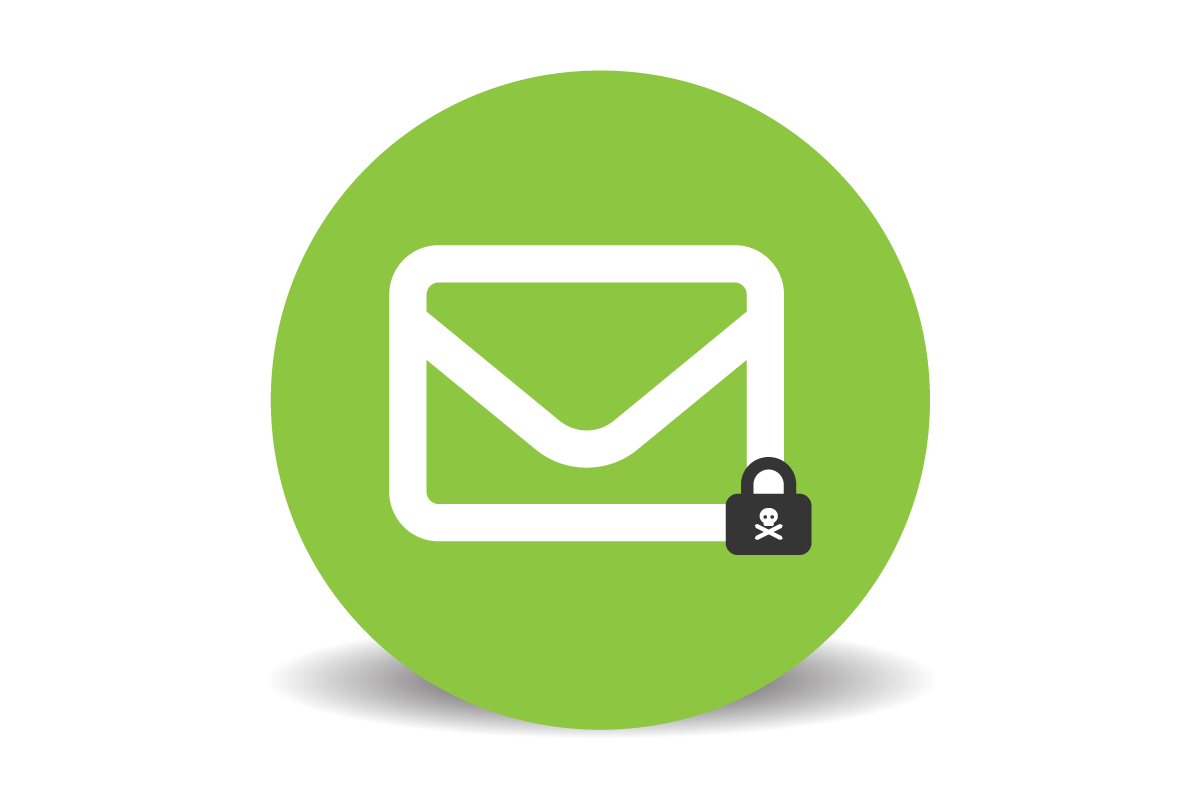Email - Spoof vs Hack

Email spoofing and email hacking are two very distinct ways of accessing someone’s email without permission. While both involve accessing emails without permission, the methods and goals of each are very different.
Email spoofing involves an attacker sending emails that appear to have been sent from a legitimate email address. This is done by manipulating the “From” and “Reply-To” addresses in the email’s header. The attacker will also try to make the email look like it is coming from a legitimate source, such as a bank, a government agency, or a legitimate business. The goal of email spoofing is usually to get the recipient to open the email and follow any instructions or links provided. This could be to download a malicious file or to provide personal information, such as passwords or credit card details.
Email hacking, on the other hand, involves an attacker gaining access to a victim’s email account. This is often done by guessing passwords, using phishing emails, or exploiting software vulnerabilities. Once the attacker has access to the account, they will be able to read, delete, and send emails as if they were the legitimate user. The goal of email hacking is usually to steal confidential information, such as passwords, financial information, or other data.
In summary, email spoofing is a way of sending emails that appear to come from a legitimate source in order to get the recipient to take an action. Email hacking is a way of gaining access to someone’s email account in order to steal data or confidential information. While both involve accessing emails without permission, the methods and goals of each are very different.



